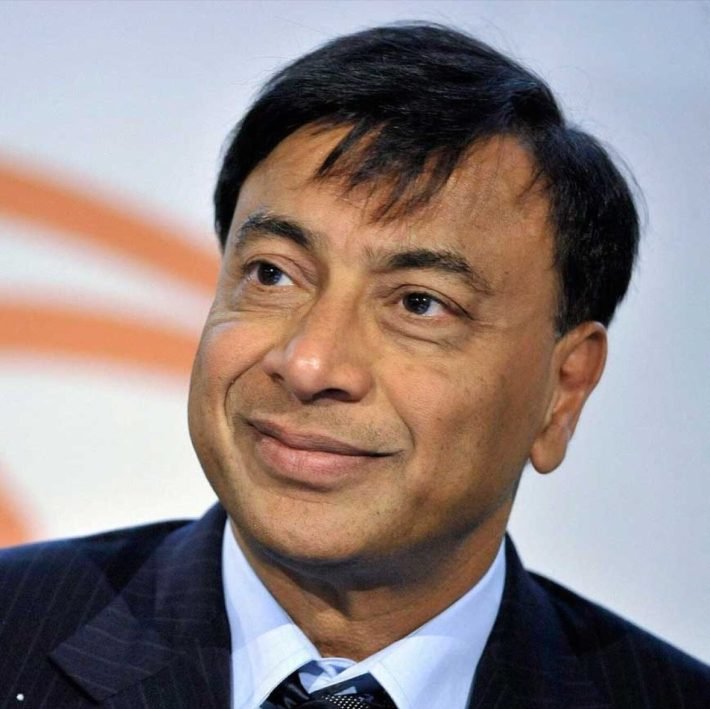Niranjan Hiranandani, Co-founder and Managing Director, Hiranandani Group, assesses the buoyant real estate market as well as its challenges, along with underlining the importance of sustainable development
By Nichola Marie
Do you foresee long-term growth for the real estate sector? What are the factors powering this growth?
In the pursuit of peace, we have all come to realise how important home is. Since the Covid quandary, the value proposition of an ownership home has multiplied. It has been supported by the high functional and utilitarian value offered by the home as an asset. In lieu of the stability and security offered by ownership, fence-sitters, millennials, and rent-favoured consumers are highly inclined to become homeowners. In addition to low-interest rates post-Covid, fiscal stimulus such as stamp duty waivers boosted home buying demand.
The Indian real estate market is buoyant today due to sustainable domestic demand and a robust pipeline of new projects. Growth velocity depends on macroeconomic factors, alternative funding avenues, foreign investment, infrastructure development, structural policies, resilience in economic growth, and rising GDP growth. With sales of mid- and luxury housing buoyant, land acquisitions gaining traction, and credit availability improving, Indian real estate is poised for growth.
What are some of the trends that are bound to influence the real estate sector in thefuture?

Real estate trends are heavily influenced by a number of factors, including changing customer preferences, the demographics of homebuyers, and the trend of urbanisation. In addition, the impetus to develop mega infrastructure, transit-oriented corridors, and multimodal infrastructure will act as a game changer in transforming the real estate sectors of residential, commercial, and industrial in the near future.
Can you define trends in real estate like digital house hunting, migration from cities to suburbs, rise in property prices, highinterest rates, rental market sentiments, and government schemes and offers?
Homebuyers’ mindsets and purchasing behaviours have changed as a result of the pandemic. The digital revolution has propelled discerning homebuyers to conduct homebuying research online, read online reviews, use VR tools to watch distant properties, check out RERA registrations and then shortlist a few projects for site visits. Providing a seamless digital consumer journey has helped save consumers time, allowed them to stay up-to-date on projects, and helped them make more informed buying decisions. As a result, AI and automation tech tools have revolutionised buying, selling, and renting process.
Rapid urbanisation continues with good job prospects, higher living standards, and last-mile connectivity being developed through infrastructure development. Consumers have realised the importance of owning a house for comfort and safety since the pandemic quandary, boosting the demand for real estate in top metros. In addition to rising borrowing costs and raw material inflation, a shortage of skilled labour has pushed up property prices northbound. Indian real estate, including residential, commercial, and retail, is extremely popular with consumers. The industry outlook is bullish with the current growth rate and anticipates a higher growth rate in the future.
Can we expect to see an increasing number of homes equipped with solar panels,rainwater harvesting systems, and energy-efficient appliances? Are developers focusing on using eco-friendly materials in construction to reduce the environmental impact of housing projects?
The future of real estate lies in sustainable development. Eco-friendly practices must be designed and structured by industry players to promote sustainable living and commitment to low-carbon economies. Several real estate projects have used eco-friendly raw materials, installed solar panels, water and sewage recycling plants, and installed EV charging stations to mitigate fossil fuel emissions. Horticulture and landscaping are also gaining traction in the project to spruce up the green ecosystem. In addition to enhancing carbon-neutral development and achieving sustainable lifestyles, automation and tech adoption will enhance sustainable development.
What are some of the challenges that the sector faces currently and what is the way forward?
India’s real estate sector is no exception to the global economic turbulence. High interest rates have slowed the growth and demand ratio of affordable housing which constitutes the largest segment of home buyers. As a result of inflation pressures, fuel crises, and supply chain distortions, the real estate industry has faced significant cost pressures. As a result of debt-loan-stressed projects strangulated since the Covid pandemic and other tsunamis, the industry is also experiencing market consolidation.
What is your reading of the demand for property in the top metros such as Mumbai, Delhi and Bengaluru?

The demand for real estate always increases in metropolises due to development, job opportunities, and luxury lifestyles. Additionally, we are seeing redevelopment projects picking up steam in metro cities due to the revised FSI and the lack of land for greenfield projects. Economic growth, an influx of foreign investment, and a high consumer confidence index are driving demand for both residential and commercial real estate in key cities.
With increased proportion of investments in Tier 2 and Tier 3 cities, is their value as residential markets growing?
Tier cities are new fostering grounds. Demand for residential, commercial, and industrial real estate has grown as a result of consumption and lifestyle changes. Consumers in tier cities are also demanding a better standard of living due to the rise in disposable income and alternative investment avenues. Coworking flex spaces have also expanded in tier cities to attract the best talent.
What are some of the positive trends in the office space segment across the top cities?
The commercial real estate industry has regained momentum despite remote and hybrid working trends. Office absorption and leasing activities have improved in metro cities due to demand from non-IT sectors. Due to the decentralisation of commercial spaces in suburbs and peripheral satellite areas of cities, flex spaces have grown in popularity. Future work and design of office spaces will also focus on employee engagement, mental health, and holistic ecosystems.
Post-Covid, there is a growing need for health and fitness centres in housing complexes.How is this need being fulfilled?
As people prioritise their health and well-being in the postCovid era, on-site fitness facilities in residential complexes have become more desirable than ever before. The demand for a few amenities has shifted, such as swimming pools, which are seeing a decline, while open green spaces are seeing a rise. A shift in preference can be attributed to the pandemic, as people seek outdoor spaces that offer opportunities for physical activity, relaxation, and social isolation. Incorporating outdoor fitness options such as rooftop workout classes, terraces or gardens for yoga and meditation, and bike-sharing programmes aligns with the promotion of a holistic lifestyle
Do you see a growing integration of shared office and living spaces, given the hybrid working system? Is there a demand for co-working spaces in residential projects?
Hybrid working systems are driving the integration of shared office and living spaces. With more people working remotely or adopting flexible work arrangements, coworking spaces are in increasing demand in residential developments. In addition to eliminating travel hassles, walking to work promotes a healthy lifestyle, and helps reduce carbon dioxide emissions. A growing demand for coworking spaces near residential hubs has arisen due to the fact that these spaces provide a professional environment that promotes productivity and collaboration for remote workers, freelancers, and entrepreneurs.
What are some of the tech advancements that are giving a rebirth to India’s real estate sector?
India’s real estate sector is undergoing a transformation driven by technological advancements. From construction and management to sales and marketing, these technological innovations have impacted various aspects of the real estate sector in India. The use of these technologies is increasing the accuracy and efficiency of construction processes, saving both time and resources. A new generation of VR and AR technologies is changing the way potential buyers view properties, enabling 360-degree tours of properties that allow them to make more informed and faster decisions.
What is your opinion on the emergence of township projects and ready-to-move-in flats?
Urban townships are large developments that combine residential, commercial, educational, healthcare, retail, and recreational facilities. Integrated townships provide all essential amenities and services in one place, offering a holistic living experience. Township projects in India are often spread over large areas, typically over 100 acres. In order to meet residents’ diverse needs, they offer comprehensive living solutions.

One of the main advantages of investing in township projects is the convenience they offer. This also provides opportunities for businesses, creating a vibrant and selfsustaining ecosystem. Also, many homebuyers are inclined to buy ready-to-move-in flats to avoid delays and legal hassles. Ready-to-move-in flats offer the advantage of immediate possession, eliminating the waiting period and uncertainty that can be experienced with projects under construction. Developers and builders are responding to these demands by focusing on creating integrated townships and offering ready-to-move-in options to cater to the evolving market dynamics.
What are some of the finance schemes available to ease the burden of the buyer?
In order to ease homebuyers’ burdens, several finance schemes are available to provide financial assistance and support throughout the process. Government subsidies, mortgages, and down payment assistance schemes smooth the homebuying process.
What are some of the latest trends in terms of architecture and design?
Eco-friendly and sustainable design is becoming more popular in architecture. It includes energy-efficient buildings, renewable materials, and green spaces. A trend of biophilic design is gaining traction that connects humans to nature. This design trend emphasises natural light, indoor plants, and materials inspired by nature. Smart technologies are becoming increasingly important in homes and buildings as technology advances. The use of sustainable building materials, energy management systems, and automated lighting, heating, and security systems are all part of this. New design emphasises the functional, utility, and multipurpose value of home.











